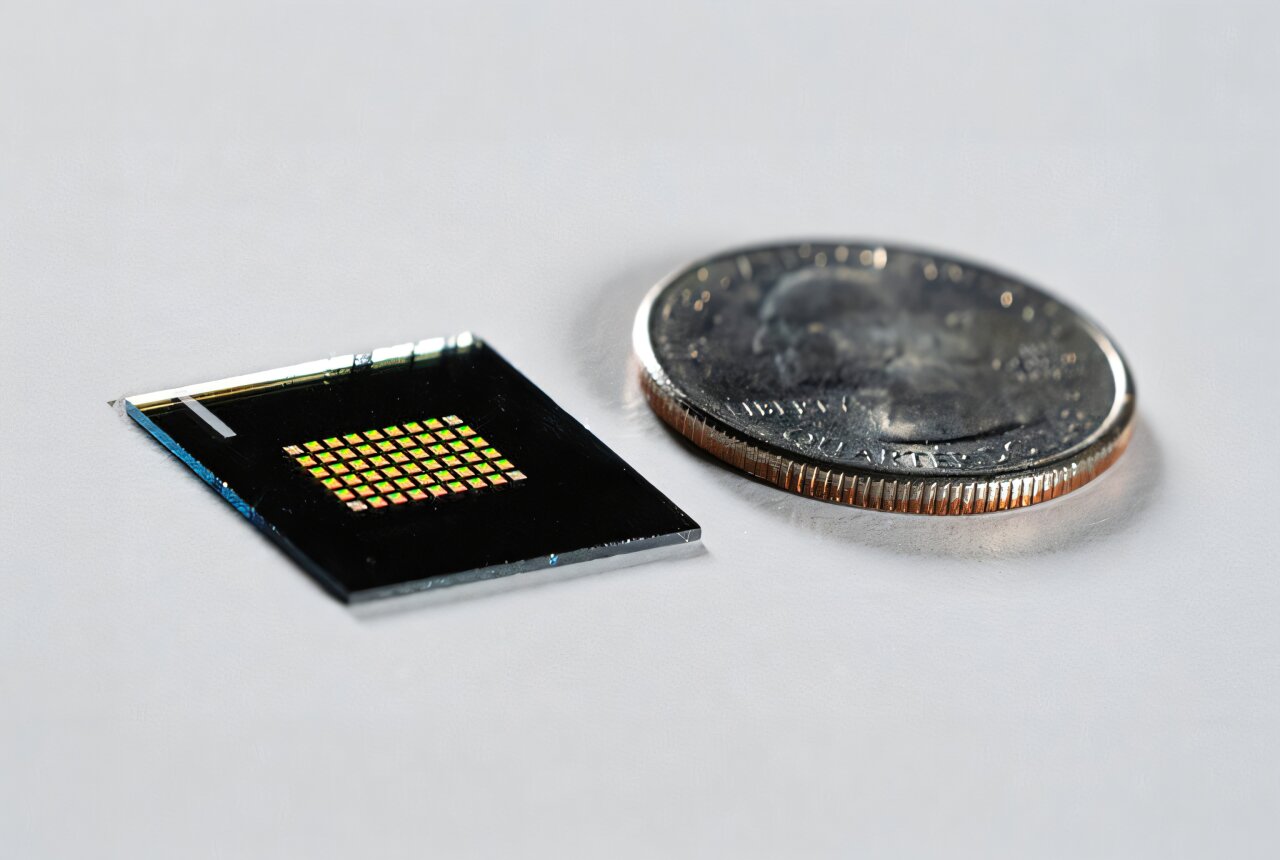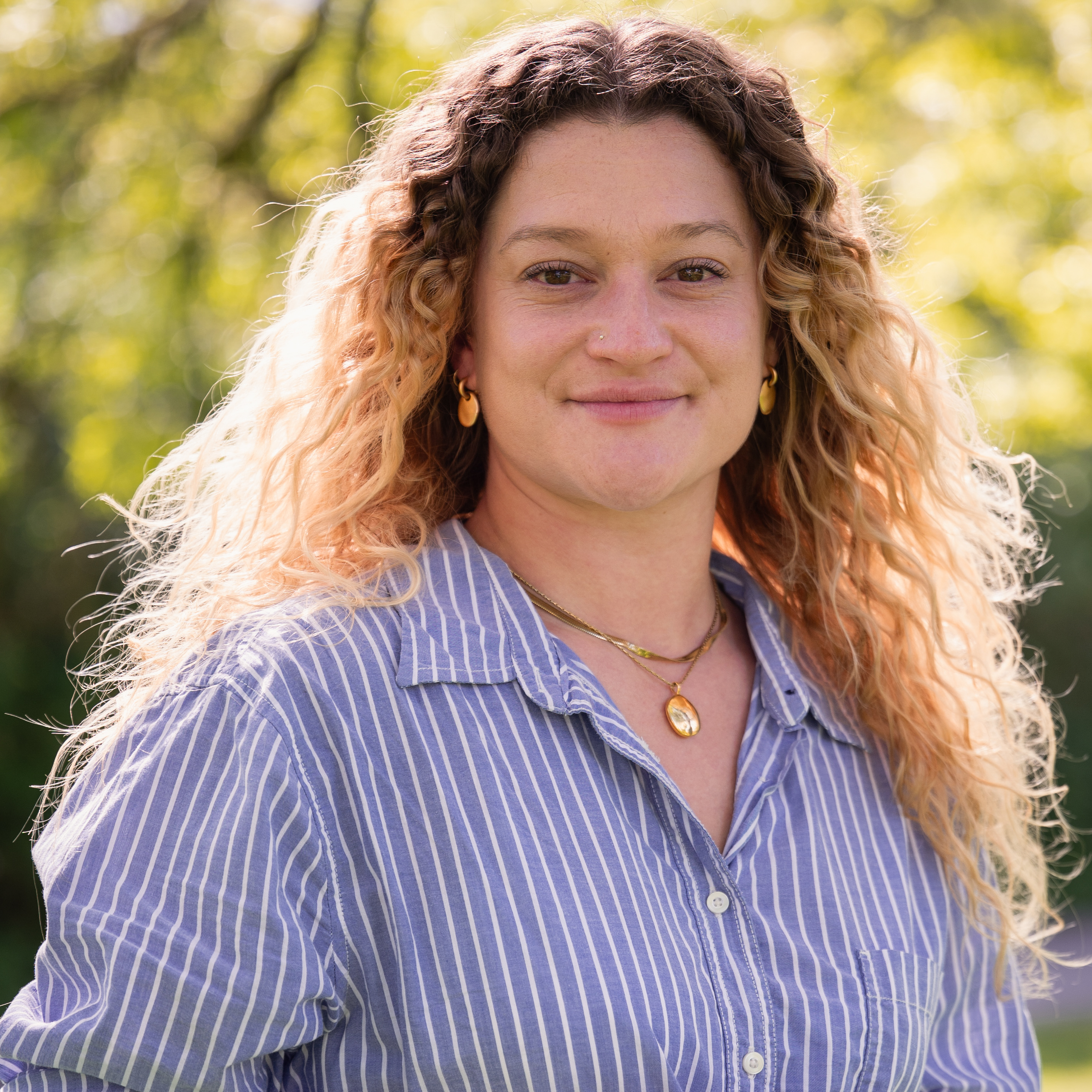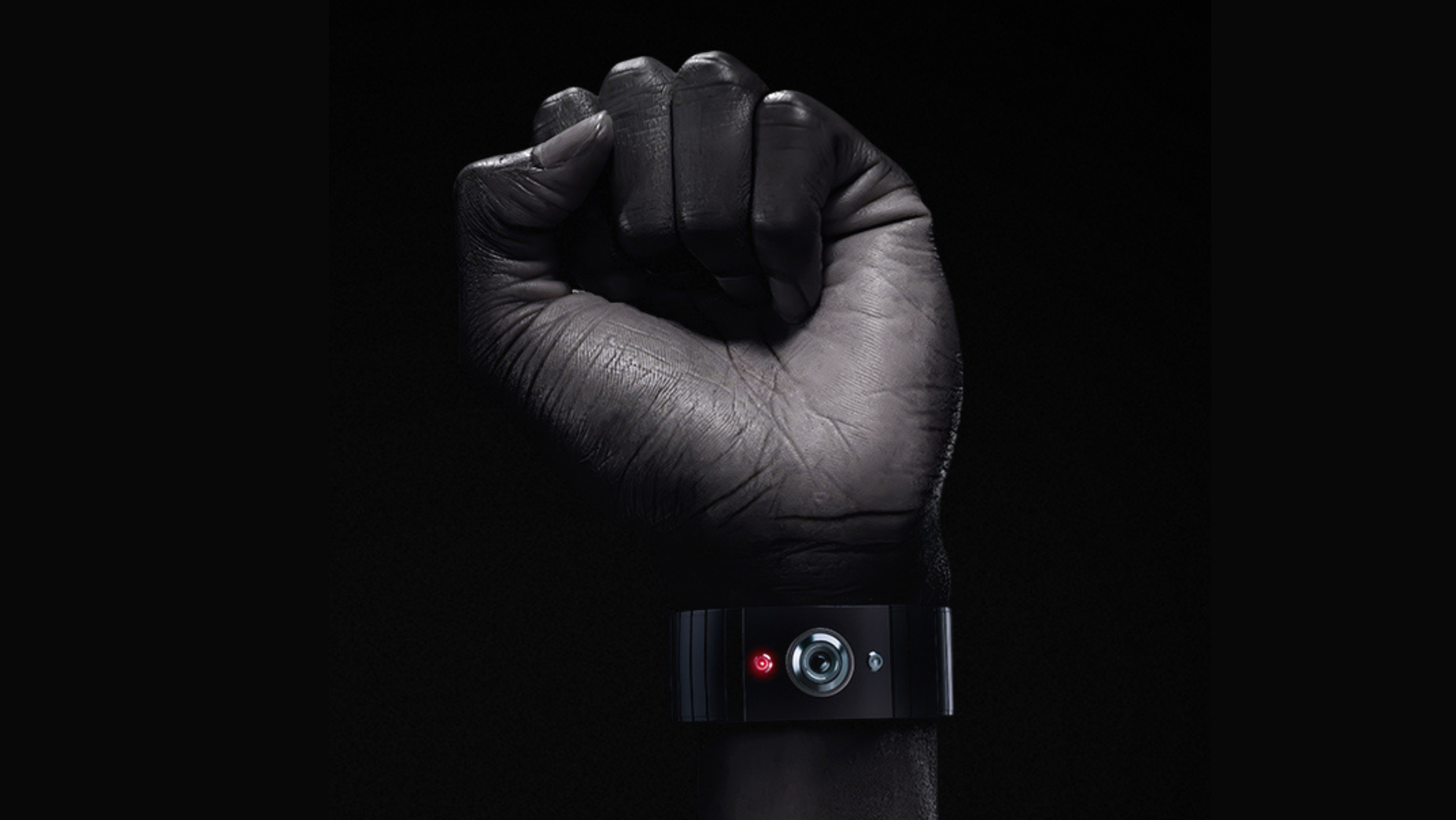Scientists develop a compact camera that can identify objects at the speed of light
Researchers have created a compact camera where the lens is replaced by engineered optics that can identify objects at lightspeed

Two leading professors have been conducting fascinating research into how to shrink a camera down to the size of a grain of sand while still capturing crisp, clear images.
Together with their students, Arka Majumdar, a University of Washington (UW) professor of electrical and computer engineering and physics, and Felix Heide, an assistant professor of computer science at Princeton University, are now building on that research to create a camera that can identify objects at the speed of light.
In a paper published in Science Advances, their research describes a new type of compact camera engineered for computer vision – a type of artificial intelligence that enables computers to recognize objects in images and video.
Their research prototype uses optics for computing, significantly reducing power consumption and allowing the camera to identify objects at the speed of light, representing a new approach to the field of computer vision.

"This is a completely new way of thinking about optics, which is very different from traditional optics. It's an end-to-end design, where the optics are designed in conjunction with the computational block," Majumdar said. "Here, we replaced the camera lens with engineered optics, which allows us to put a lot of the computation into the optics."
Heide, who was the principal investigator and senior author of the paper, added: "There are really broad applications for this research, from self-driving cars, self-driving trucks and other robotics to medical devices and smartphones. Nowadays, every iPhone has AI or vision technology in it.
"This work is still at a very early stage, but all of these applications could someday benefit from what we are developing."
Get the Digital Camera World Newsletter
The best camera deals, reviews, product advice, and unmissable photography news, direct to your inbox!
ABOVE: See the technology in action
Instead of using a traditional camera lens made out of glass or plastic, the camera relies on layers of 50 meta-lenses – flat, lightweight optical components using microscopic nanostructures to manipulate the light. The meta-lenses also function as an optical neural network, which is an artificial intelligence computer system based on the human brain.
Because the optics rely on incoming light to operate, rather than electricity, the power consumption is greatly reduced. Another advantage is that because the computation takes place at the speed of light, the system can classify more than 200 images faster than neural networks that use conventional hardware.
"Our idea was to use some of the work that Arka pioneered on meta surfaces to bring some of those computations that are traditionally done electronically into the optics at the speed of light," Heide said. "By doing so, we produced a new computer vision system that performs a lot of the computation optically."
You might also like…
Take look at our guides to the best bridge cameras, the best compact cameras, and the best full frame cameras.

After graduating from Cardiff University with an Master's Degree in Journalism, Media and Communications Leonie developed a love of photography after taking a year out to travel around the world.
While visiting countries such as Mongolia, Kazakhstan, Bangladesh and Ukraine with her trusty Nikon, Leonie learned how to capture the beauty of these inspiring places, and her photography has accompanied her various freelance travel features.
As well as travel photography Leonie also has a passion for wildlife photography both in the UK and abroad.
You must confirm your public display name before commenting
Please logout and then login again, you will then be prompted to enter your display name.

